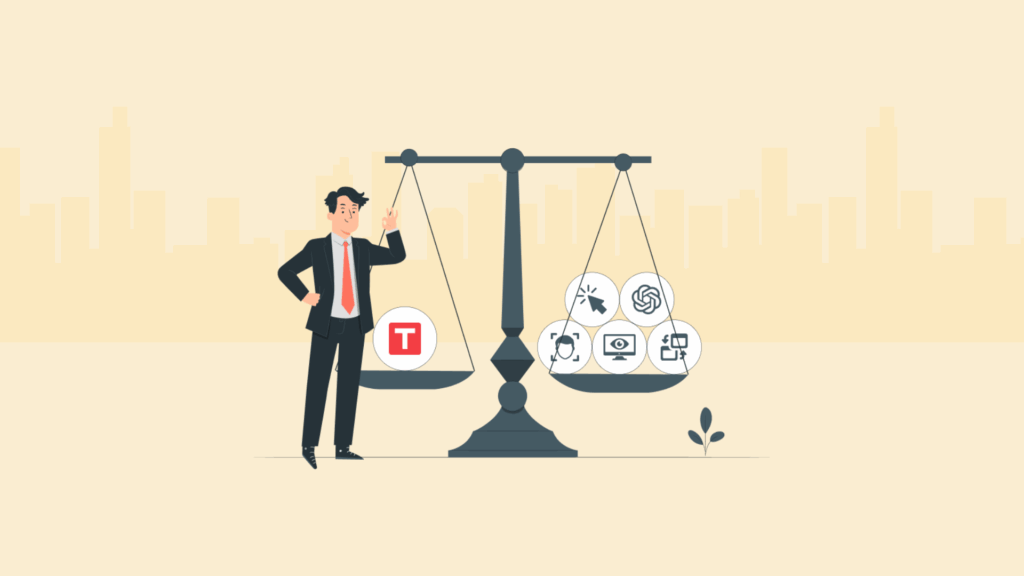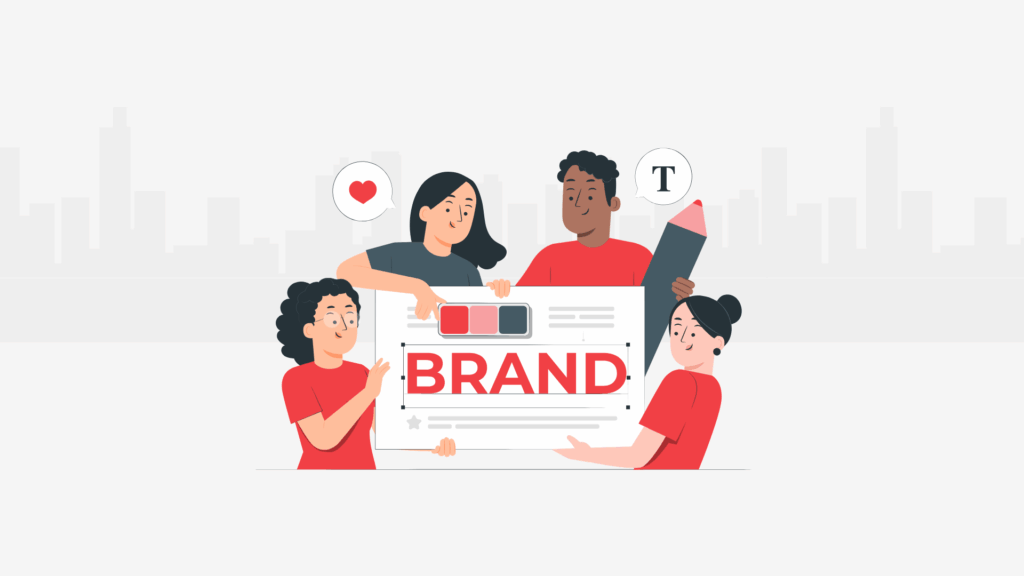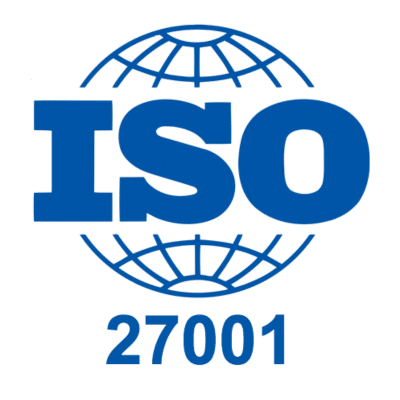Although “skills and competencies” are used interchangeably in recruitment, some key differences exist. As a recruiter, you must understand this difference as this can lead to hiring a good or a bad candidate.
Let’s dive in to learn what’s skills vs competencies.
Summarise this post with:
What are skills?
Skills are specific abilities or expertise learned or acquired by an individual through training, education, or experience. Often technical, these can usually be evaluated directly.
Types of skills
Skill is traditionally classified into two broad categories:

1. Hard skills
Hard skills are the technical skills that detail the profession or industry.
For example, a software developer may need coding skills; a marketing manager would be expected to understand SEO know-how, while a graphic designer would require proficiency in tools like Photoshop or Illustrator.
These are measurable and often authenticated through degrees, certificates, or work experience.
2. Soft skills
According to LinkedIn, 89% of hiring failures are due to a lack of soft skills like teamwork, communication, and adaptability. Soft, interpersonal, or people skills are non-technical yet very important in the workplace. They comprise communication, teamwork, problem-solving, and time management.
For example, Ability to communicate clearly and effectively in a team setting is required by a professional in any industry.
What are competencies?
Competencies refer to the combination of skills, knowledge, abilities, and behaviors essential to get a job done. According to Deloitte, 57% of leaders believe developing competencies like critical thinking and adaptability is crucial for future workforce success.
Competencies transcend skills and are much more extensive.
Types of competencies
Competencies can be identified into different types, which are normally categorized into two types:

1. Core competencies
These involve a broad range of skills anyone is expected to utilize in work to perform any role successfully. Some of these include adaptability, analytical thinking, and emotional competence. Any organization views competencies with reverence because this shows how well one can perform under different conditions.
For example, Adaptability to handle changes in the workplace.
2. Job-specific competencies
These competencies are applicable and directly related to a particular role and function, such as leadership skills in a management role or technical expertise in a technical discipline such as data science. These competencies consider how one applies knowledge in a specific job environment rather than mere technical know-how.
For example, Leadership capability in managing cross-functional teams.
Skills vs competencies: The key differences
Now that we understand the skills and competencies, let’s explore their key differences.
| Skills | Competencies |
| Specific technical abilities (e.g., coding, writing) | Broader combination of skills, behaviors, and knowledge |
| Easily measurable through tests or certifications | Harder to measure, involves behaviors and cognitive abilities |
| Task-oriented, focused on completing specific duties | Involves understanding when and how to apply skills in various situations |
| Acquired through training and education | Developed over time through experience and practice |
Why understanding the difference is important?
You must understand the difference between skills and competencies because it helps you see that skills may give you short-term success, but if you consider competencies, you can indeed achieve long-term hiring success since competencies prove one’s ability to adapt to the role.
Let’s see how a focus on competencies can make a difference in recruitment.
Better role fit
Skills will tell you if a candidate can do the job, but competencies will tell you if they will succeed in your company culture and change with the role.
For example, a candidate might have the skills required to become a data analyst, but does they possess the analytical thinking and problem-solving competencies required to thrive with tough data projects?
Improved long-term performance
Employees with good competencies stand a better chance of long-term success at work. They are not just adequately competent to get the job done. Still, they also know how to use their competencies to better their efforts toward achieving the organization’s objectives.
Enhanced collaboration and leadership
By emphasizing the communicative and leadership competencies, you can ensure that your recruits work well together, are initiative, and positively contribute to the team. These competencies illustrate how the candidates usually behave in the workplace under high pressure or ambiguity.
How do we assess skills vs competencies when hiring?
Recruiters must adopt a multifaceted approach to assess skills and competencies during hiring. Here’s how you can do that:
Assessing skills
Skills can be assessed through:
- Technical tests: Consider giving candidates a technical test for roles requiring specific hard skills. For example, a coding assessment for software developers or a writing test for content creators.
- Skills-based interviews: Ask candidates to provide examples of tasks they have completed that showcase their skills. For example, “Can you describe when you used Excel for a large data analysis project?”
- Certifications and portfolio reviews: Look at any certifications, educational qualifications, or a portfolio of their work. This can provide proof of their proficiency in a particular skill.
Assessing competencies
Competencies, on the other hand, require a more in-depth evaluation. According to SHRM, 82% of companies use competency-based interviews to assess candidates’ ability to handle job-specific situations.
- Competency-based assessments: Tools like personality assessments or cognitive ability tests can also provide insights into candidates’ competencies.
- Behavioral interviews: Use questions about past behavior to gauge how candidates apply their skills in different scenarios. For example, “Tell me about a time when you had to adapt to a significant change in your work environment.”
- Case studies or simulations: Provide real-life scenarios or case studies that require candidates to demonstrate their problem-solving, leadership, or adaptability competencies.
The importance of competency frameworks
Most companies use competency frameworks to streamline recruitment and hire the right candidates. A competency framework is meant to describe competencies required for various organizational roles. It presents a standardized approach to defining what success in a specific position is all about.
Benefits of using competency frameworks
- Clarity: Competency frameworks give clear guidelines for both recruiters and candidates about the expectations for each role.
- Consistency: They ensure that recruitment across the organization is consistent, with each role evaluated based on the same criteria.
- Development: They provide a pathway for employee growth by helping HR and managers identify areas for development and training.
Building a competency framework
Here’s how you can start building a competency framework for your organization:
- Identify core competencies: Determine the general competencies required for all employees in your company (e.g., communication, adaptability).
- Define job-specific competencies: Outline the specific competencies required for each role. For example, problem-solving might be crucial for a software engineer, while leadership is essential for a project manager.
- Use clear language: Ensure the competencies are clearly defined and easily understood. For instance, instead of just stating “leadership,” break it down into actionable behaviors such as “the ability to mentor and guide junior team members.”
- Involve stakeholders: Get input from managers, team leaders, and employees to ensure that the competencies you’ve outlined align with the expectations of each role.
Skills vs competencies in the digital age
Indeed, the digital age has brought about a fundamental overhaul in the way of performing work in the workplace. Therefore, it remains a recruiter’s responsibility to keep yourself updated with such new developments in the digital age. It is due to this aspect of automation, remote working arrangements, and fast-changing technologies that, more than ever, a professional requires skills and competencies.
The changing landscape of skills
Technical skills change fast. For instance, in the high-tech industry and marketing, what can be used today becomes outdated in two or three years. One has to hire somebody who can do what is needed today but, in the future, has prospects of upgrading their skills invariably.
Competencies in a digital world
Other areas include adaptability, innovation, and digital literacy. With this in mind, employees in the workforce are now accorded talents such as adaptability and learning new technologies more readily. Given the numerous industry changes, such employees have a higher potential for success. An employee equipped with competencies can face today’s challenges and tomorrow’s.
Final thoughts
This decision is not about choosing between skills vs competencies, both of which are highly important; instead, it’s necessary to remind yourself that while skills may somet holds longer-term success.
Focus on competencies in the hiring process and not just candidates who can perform the job. Although skills will become through, you will find those who can grow with your organization. This will help you to better hires, stronger teams, and more successful organizations.
Happy recruiting!
























